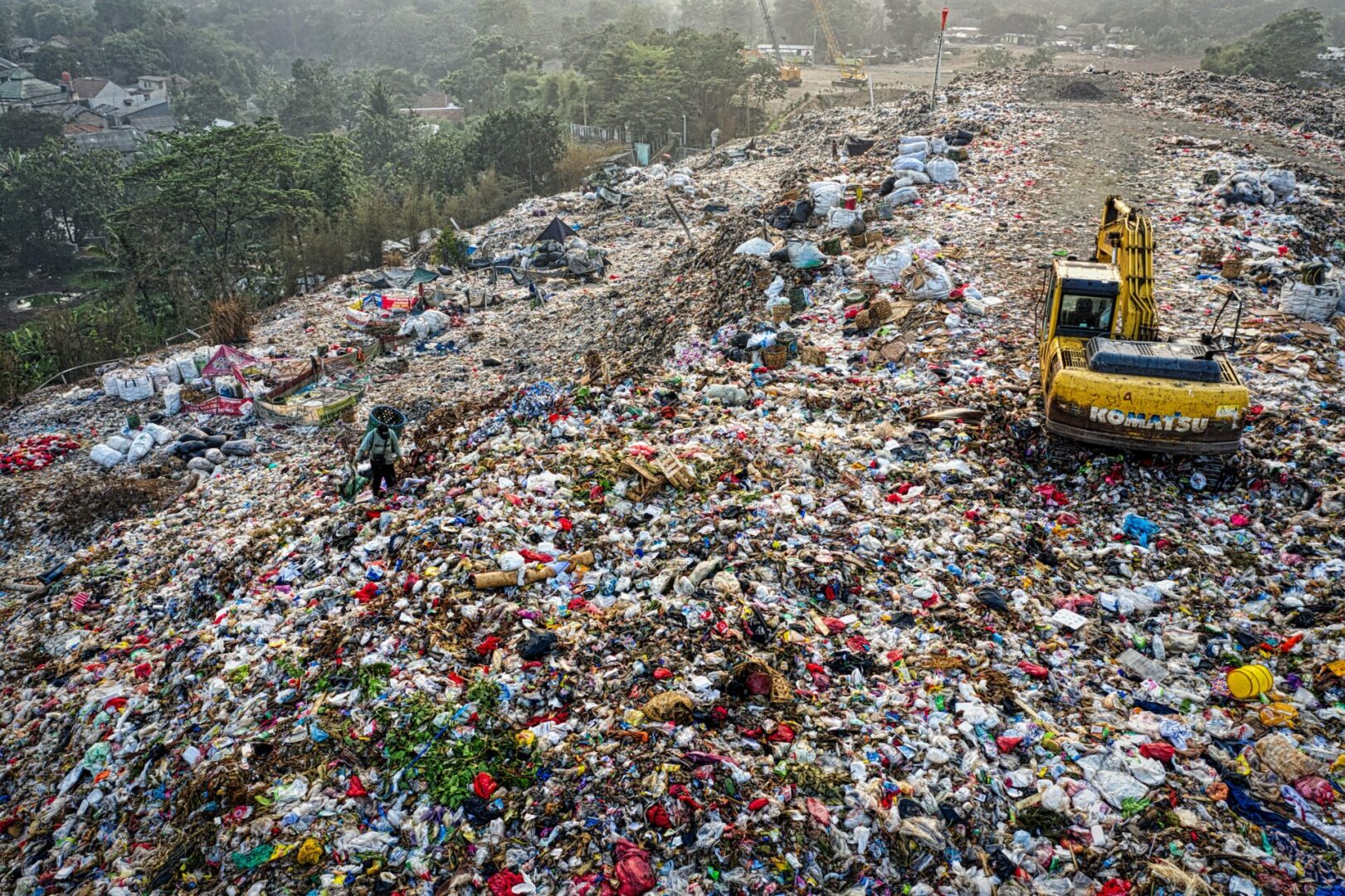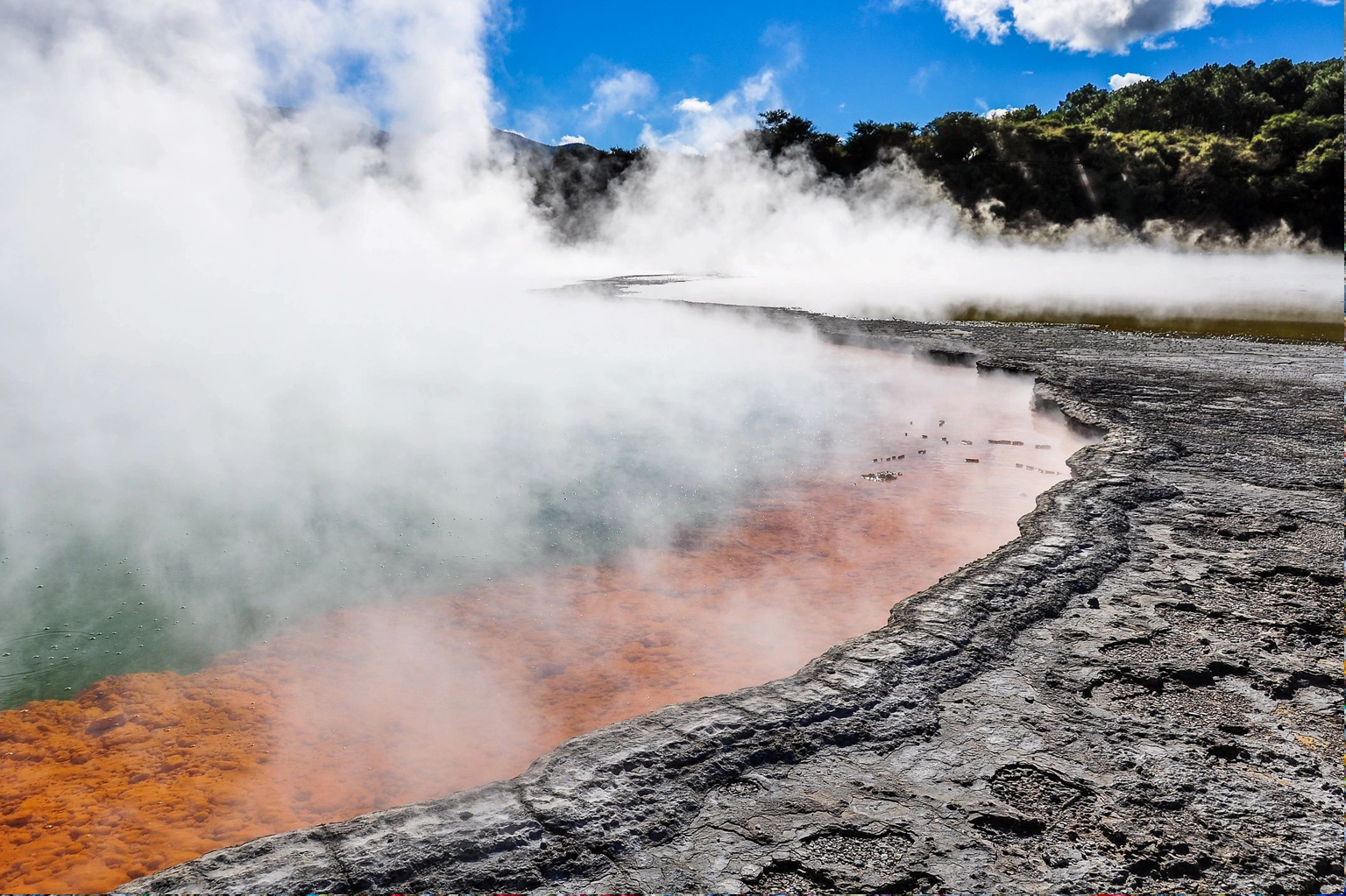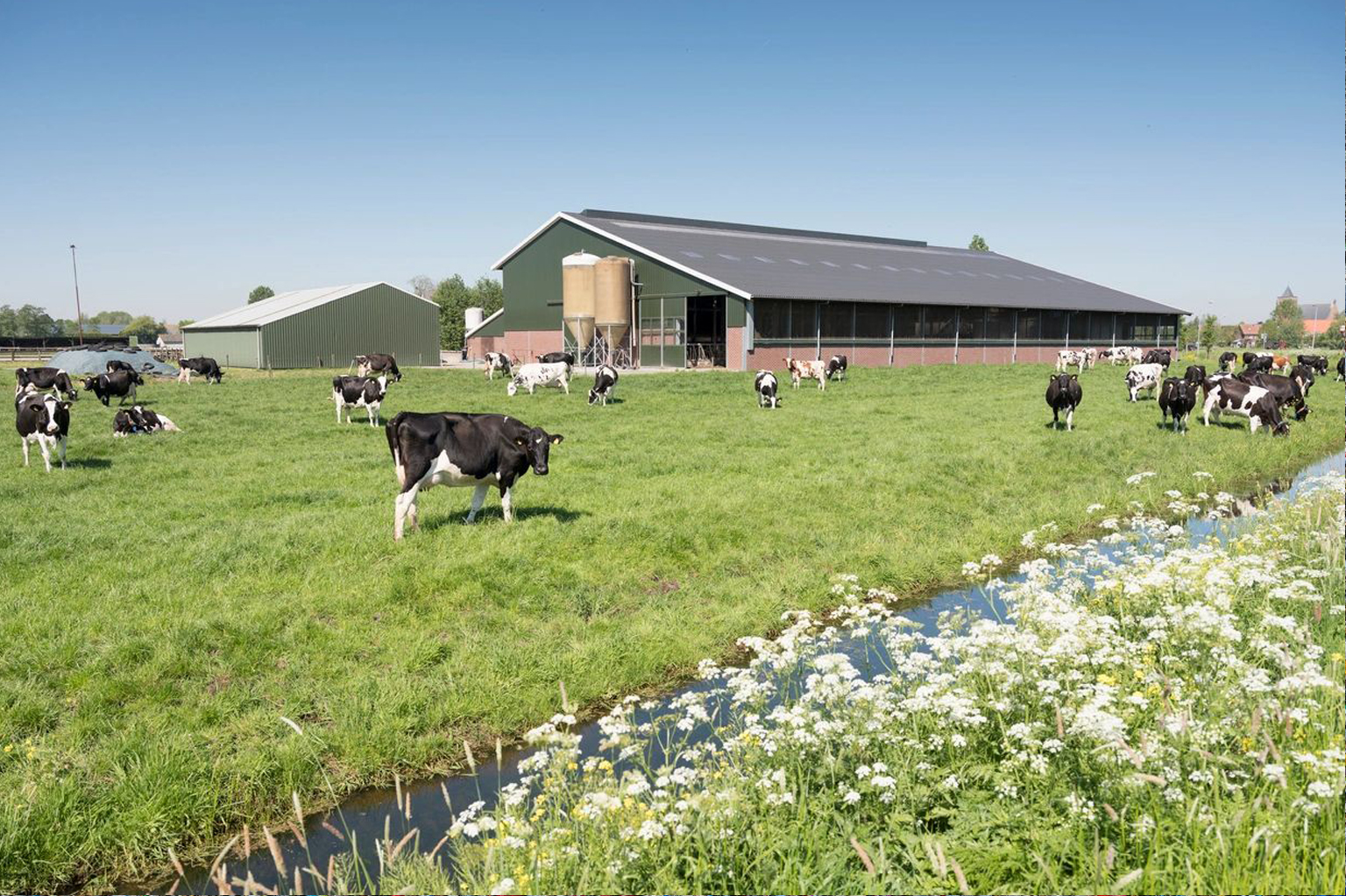As a shrewd business owner and an intelligent project developer, you want to look before you leap so that you clearly understand your project’s expected performance from the starting blocks to the finish line.
Carbon Solutions Northwest has a proven track record of evaluating a variety of projects to help do just that through:
Greenhouse Gas (GHG) Emission Reduction Projects
These are projects that reduce the release of man-made GHG emissions, or sequester carbon in trees or soil. Projects may involve capture & use of methane at dairies, confined animal feeding operations, wastewater treatment plants, or landfills. Projects could also involve planting new forests or changing forest management practices to sequester additional CO2 in existing forests.


Generation of Renewable Electricity
These projects may involve generating electricity from wind, from underground hot water (geothermal) resources, from animal manure, from municipal or industrial wastewater, from landfills, or from wood or agricultural waste.
Production of Renewable Natural Gas (RNG)
These projects involve producing a renewable natural gas product from methane that is generated at a dairy, at a confined animal feeding operation, at a wastewater treatment plant, or at a landfill. Impurities are removed from biogas, and RNG is pumped onto the nation’s natural gas pipeline network. Once RNG has entered the pipeline network, it may be removed at any location with access to natural gas and used to power a transit bus, a garbage truck or to heat a building or provide heat for an industrial process.

Sample Projects
When biogenic material decomposes in anaerobic conditions, methane gas is released. Methane gas (CH4) has a global warming potential (GWP) that is 28 times greater than carbon dioxide (CO2). This means that release of one ton of CH4 is equivalent to the release of 28 tons of CO2. Consequently, preventing such emissions from entering the ambient atmosphere is of critical importance.
Carbon Solutions Northwest identified and secured contracts, including a Power Purchase Agreement, a REC Purchase Agreement, and a Carbon Asset Development Agreement, that supported development of a 1.2 MWe dairy digester in Tillamook, Oregon.
When human waste, food waste, and other biogenic material enters a wastewater treatment plant (WWTP), it is pumped into a warm, oxygen-starved environment called a “digester.” In the digester, microbes eat the waste material, breaking it down into its core elements, including carbon dioxide (CO2), methane (CH4), nitrogen (N), oxygen (O2), and sulfur dioxide (SO2), among other constituent elements. This resource is called, “biogas.” Unwanted elements may be stripped from biogas, leaving only CH4 for pipeline injection. Alternatively, biogas may be burned without significant treatment to generate electricity, heat for process, or both heat & power. Use of oxygen-free (a.k.a.: anaerobic) conditions to generate biogas may occur at wastewater treatment plants, at landfills, on dairies, or at confined animal feeding operations.
Carbon Solutions Northwest helped Portland’s Columbia Boulevard Wastewater Treatment Plant—as well as wastewater treatment plants at two large food processors—make the highest and best use of their biogas. Biogas from Portland Columbia Blvd Wastewater Treatment Plant is currently upgraded to RNG and sold into California’s transportation fuel marketplace. Biogas from one of the food processors displaces use of propane for process heat while biogas from the other food processor will be upgraded to RNG and sold to an investor-owned gas utility to reduce the carbon intensity of their fuel mix.
Fuel switches take place when a company or municipality converts existing fuel oil- or natural gas-fired boilers to boilers or heat exchangers that use hog fuel, wood chips, geothermal energy, or other eligible renewable resources. Such fuel switches are recognized by the Clean Development Mechanism and the Voluntary Carbon Standard as having the ability to generate quantifiable and fungible carbon credits. Importantly, certain states, such as Maine, North Carolina, Oregon, Arizona, and Nevada, permit REC generation when renewable resources are used to generate space and process heat.
Carbon Solutions Northwest supported the Town of Lakeview in Southern Oregon to replace the use of fuel oil and propane as space heat for their City Hall, their hospital, and their high school with 206-degree water located 300 feet beneath the town. In another case, we helped a client use biogas from their WWTP to reduce consumption of propane to power their production processes at a large food-processing facility on the Oregon Coast.
Depending on how the geothermal heat is used, geothermal projects generate either Verified Emissions Reductions (VERs) or Renewable Energy Certificates (RECs). If the geothermal project will generate electricity, then one REC will be created for each megawatt hour that is produced. If the heat will be used for heating purposes, and if this heat will reduce combustion of fossil fuel, then VERs may be developed.
CSNW helped the Town of Lakeview in Southern Oregon certify and monetize a $1.3 million transferrable tax credit that paid 30% of the capital cost associated with construction of a geothermal-powered, district-heating system that took many Town buildings, including City Hall, the hospital, and the high school, off of propane and fuel oil and onto clean, locally-sourced geothermal heat.
Wind may be used to turn a turbine. The turbine then spins a dynamo made of magnets and copper wire to generate electricity.
CSNW assisted Oregon’s first community-scale (3 MW) wind farm to successfully develop and market a 15-year strip of RECs. Beginning in early 2011, these RECs began delivering $70,000 per year in revenue to Lime Wind. Once the ribbon was cut, we helped Lime Wind’s owners monetize a $2 million tax credit that covered roughly 30% of project costs, and enabled swift repayment of the project’s construction loan.
GHG emissions from transportation account for 40% of total carbon emissions—and they are some of the most challenging emissions to reduce. Battery-electric technology offers an affordable and reliable mechanism for cutting GHG emissions from light-duty vehicles like personal cars and trucks, small delivery vehicles, and minibuses.
Renewable Natural Gas (RNG) offers a cost-effective, reliable, ready-to-deploy solution for medium- and heavy-duty vehicles, such as cement trucks, drayage vehicles, larger delivery trucks, refuse trucks, and transit buses. RNG offers nearly identical range to Diesel applications, and RNG can reduce per mile GHG emissions by 45% to 100%, depending on the source of the RNG.
In 2018, the NW Gas Association retained CSNW to help form an organization that advocates for increased use of Conventional and Renewable Natural Gas (CNG/RNG) in trucks and buses throughout Oregon, Washington, and Idaho. In this regard, we help public and commercial fleets evaluate opportunities to transition from Diesel to CNG or RNG. For example, we developed a dynamic Excel- and online-based tool that enables fleet managers to make inputs that reflect their operating conditions. The calculator then crunches the numbers, delivering outputs that help fleet staff quantify per vehicle financial and environmental benefits associated with converting from Diesel to CNG or RNG. The tool is multi-faceted, including inputs for fuel economy, vehicle useful life, vehicle replacement value, vehicle residual value, vehicle maintenance cost, per vehicle cost of fueling & maintenance infrastructure, as well as application of grant funding and environmental credits, among other factors.
